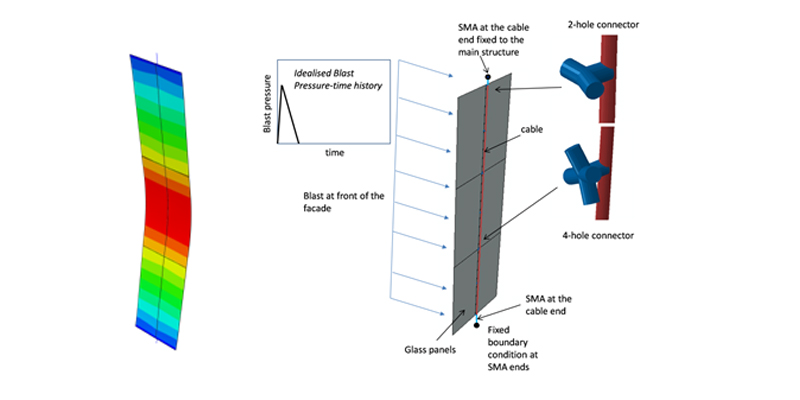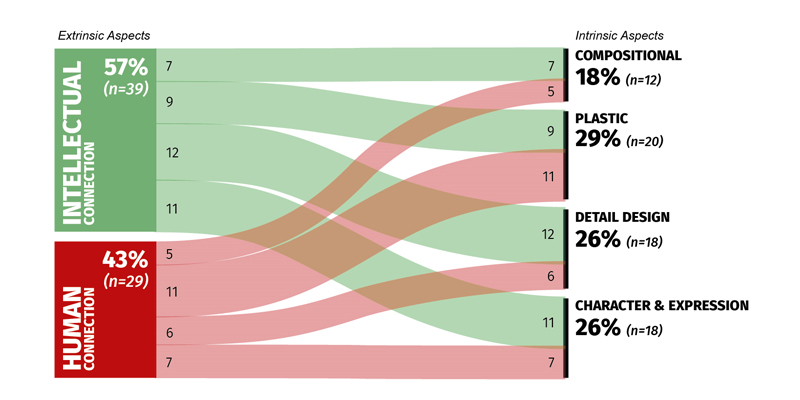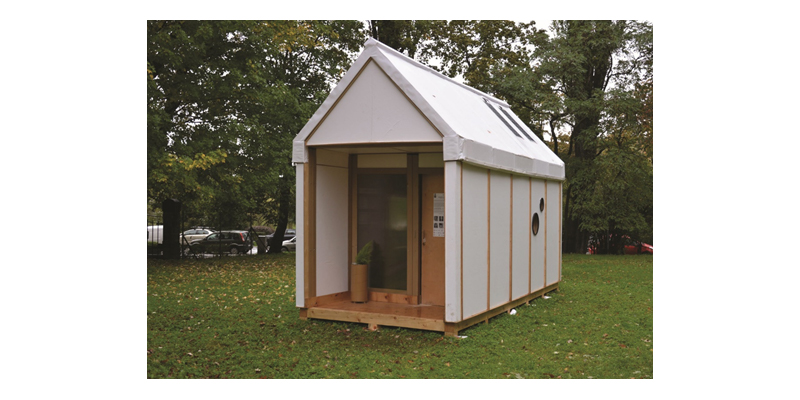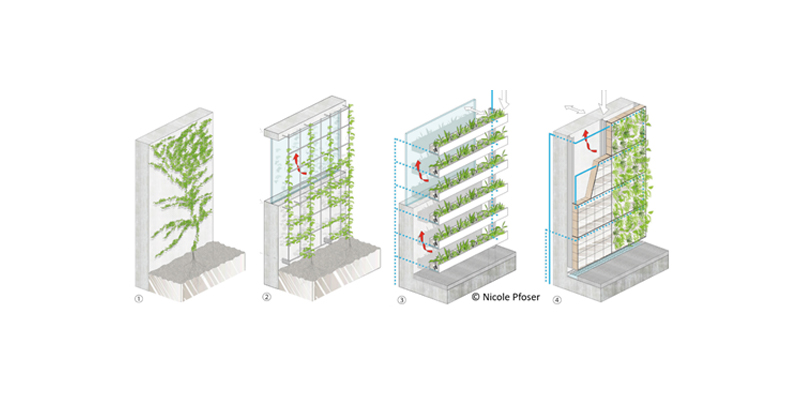Editorial
-
What makes a façade beautiful?
We are proud to announce the next regular issue of JFDE, which presents a variety of different interesting contributions. They include papers on the effects of plants growing over double façades, mitigation of seismic risks, blast resilience, and a comparative analysis of semi-permanent paperbased envelopes. Last but not least, one paper offers insight into the decision-making processes of façade designers and architects: ”What makes a façade beautiful?” is the title of one paper we are particularly happy to feature. We agree that the most...
Articles
-
Due to an increased level of threat, the design of buildings to resist blast loads has gained importance. The most vulnerable component of the building is typically the cladding system, generally being lightweight and directly facing the hazard with large, exposed surface areas. A large number of cladding materials are available, with architectural intent constantly driving the development of new products and systems. Glazed façades are aesthetically appealing and are popular among architects. In this paper, the use of super-elastic shape memory alloy (SMA) to improve the blast...
-
The aesthetic of our built environment is perceived as an important aspect to consider for the design of human-centred cities, but a problem quickly arises in the presence of clashing conceptions of what we understand to be aesthetically pleasing. This paper adds to this discussion, by exploring architects’ aesthetic preferences in façade design, aiming to include design practitioners in a debate that so far has remained largely academic. Thus, the goal of the study was to identify relevant aspects, based on a series of semi-structured interviews with practitioners representing 34...
-
The presented article is a review of building envelope designs where paper-based products are used as the main material. Paper-based products, especially honeycomb panels and corrugated cardboard provide good thermal insulation properties, affordable prices, and relatively low environmental impact. Paper as a building material has been occasionally used in building envelopes in the past several decades, however, no extensive research has been made on this topic. This study aims to organise knowledge about the design of paper envelopes and help designers in making deliberate and...
-
Modern cities face a climatic problem due to the high proportion of sealed surfaces that increase the urban heat island (UHI) effect. Green surfaces offer a way to mitigate the UHI effect, as they positively influence the thermal energy storage and air temperature. To support an increase of green surfaces in the limited resources of cities, vertical spaces, e.g. façades, must be exploited. A possible realisation of a vertical green system are overgrown rope façades. Overgrown rope façades have pre-fitted ropes in front of façades on which climbing plants can grow. However, such systems...
-
Overgrown rope façades offer a space-saving possibility to make cities greener while counteracting the effect of the urban heat island (UHI). Unfortunately, there are no design models that adequately characterise the interaction between wind and plants for the calculation of wind loads. In the preceding study about overgrown rope façades (Arnold et al., 2021), a design model was deduced from flow force studies on trees and a drag coefficient for plants on overgrown rope façades was derived from drag resistance measurements of deciduous trees. This drag coefficient has not been validated....
-
Urban renewal projects typically involve redevelopments of under-utilized old buildings and revitalizing precious land resources. Due to architectural and social-economic reasons, historical façades are sometimes retained, and new constructions are built behind them. This allows the historical façade, typically the street elevation, to remain while new real estate can be redeveloped. In the profession of architecture, this is called façadism. In many cases, these historical...






